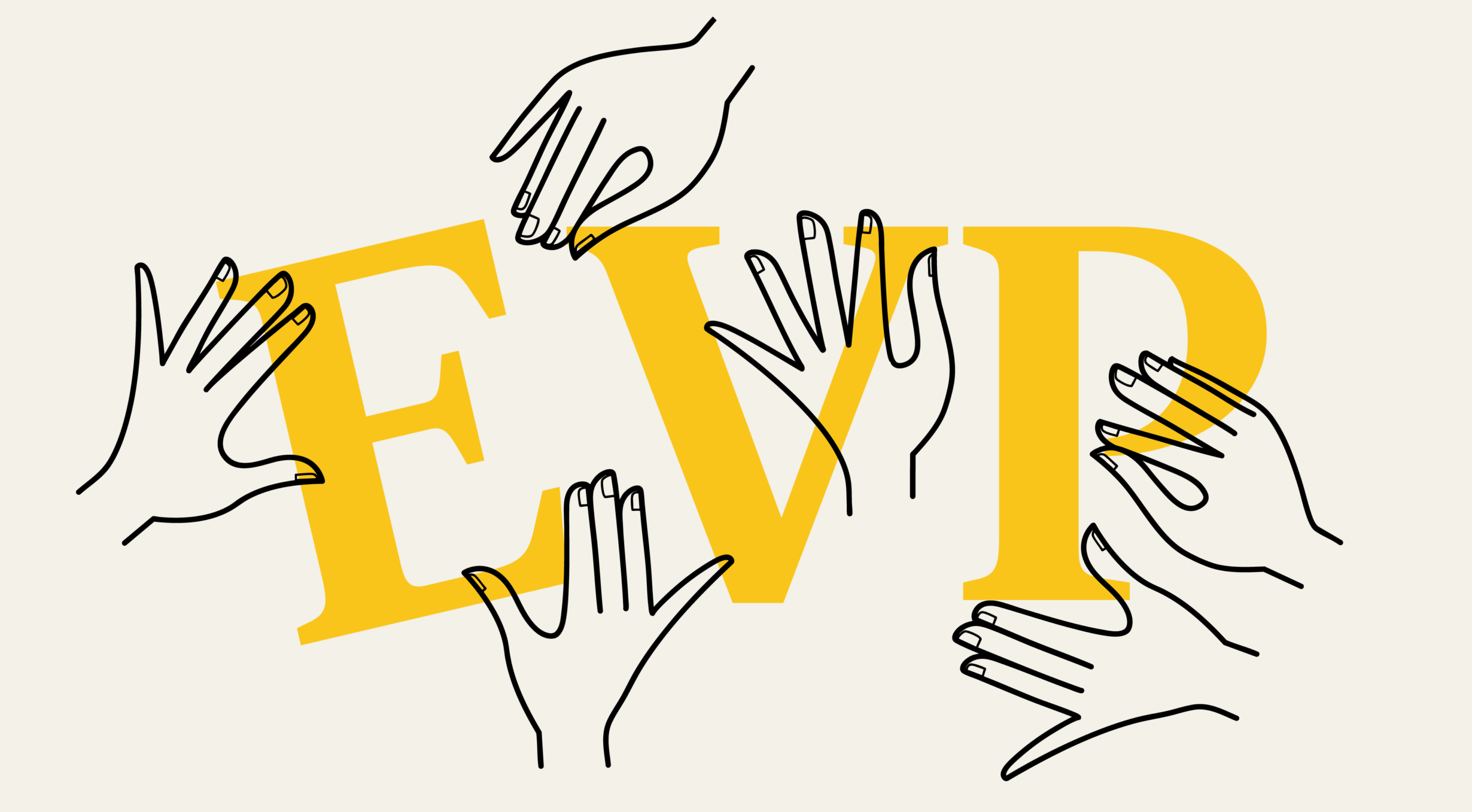This isn't just theory. When these elements align around a single purpose, you trigger what we call the Business Propeller effect:
- Effective strategy builds on cultural strengths instead of fighting them. Teams execute faster because the direction feels natural, not imposed.
- Authentic culture emerges when people see their values reflected in both strategy and brand. Work feels less like a job and more like a contribution to something they believe in.
- Impactful brand reflects lived experience, not aspiration. This creates trust with customers, candidates, and partners – the basis for lasting relationships.
The result? A self-reinforcing cycle. Happier, more effective employees deliver better customer experiences. Better experiences build loyalty and growth. Growth enables investment in innovation and people, which attracts the best talent and deepens engagement. Each turn of the propeller compounds the impact.
The traditional approach to alignment is sequential: strategy first, then culture, then brand. But this creates handoff problems. By the time you're working on brand, the strategy feels fixed. By the time you're addressing culture, both strategy and brand are set in stone.
A different way has emerged. Instead of aligning these elements after they're created, design them together using Collaborative Design principles.
Here's how it works:





